A guide to converting your old car to electric
Posted by Tom Lee on
Converting a conventionally powered car to run on electricity alone is a bit of a hot-button topic right now.
Ever since Harry and Meghan headed off on their honeymoon in an electrified Jaguar E-Type, the idea of converting older cars to EVs (electric vehicles) has gained popularity. Actually, the electric car conversion industry was a thing long before the royal connection, but suddenly the idea of classic cars being converted to electric power was hitting the front pages.
But what’s involved in an electric car conversion in Australia and how do you go about it? We asked Tim Harrison of Charged Garage on Brisbane’s south-side for the beginner’s guide to the process. Then we asked him why on earth people would modify a car in this way.
It turns out that there are many valid reasons to convert a car to electric in Australia, starting with the fact that it’s a method of extending the life of an older car. Tim reckons the ideal car to convert is something that’s older and simpler, as more modern cars have much more complex systems that make the conversion more difficult, more complicated and more expensive. Also, when you can now buy a second-hand Nissan Leaf for comfortably less than $20,000, the conversion no longer makes hard financial sense.
“The dollars just don’t stack up any more,” Mr Harrison admits. “Maybe 10 years ago when you couldn’t buy a Nissan Leaf, it did, but these days it only makes sense to put the time, effort and money into a classic car or something with sentimental value.”
So why do it?
“It’s a great idea if you want to keep a certain type of classic car on the road. You make it more enjoyable to drive, more reliable, extremely low maintenance and you often get a huge increase in performance. You’ll also often make the car safer because the regenerative braking of an EV makes a huge difference to the braking performance of some older cars.”
What car?

There’s really no such thing as a car that can’t be EV converted, and Tim has seen everything from a Mini to a Land Rover off-roader successfully converted. Air-cooled Volkswagens (Beetles and Kombis) are prime candidates for conversion, because they feature a flat floor, which makes packaging the batteries easier, and a transaxle transmission which is easily adaptable to the new electric motor. Also, because they were such low-powered vehicles to begin with, the conversion gives a huge increase in performance.
Tim reckons, generally speaking, lighter cars are better, as keeping weight under control is a factor when you’re adding hundreds of kilograms of batteries to the equation.
How to build an electric car

The basic components of the electric vehicle conversion are the electric motor, the battery pack and the controller which is more or less the brain that oversees the system’s operation including the regenerative braking. You also need to add charge points, a cooling system for the batteries and the necessary cabling. You might also find – depending on the car involved – that you need to re-engineer some aspects of the vehicle’s systems including the brake-booster, speedometer drive, and heating and air-conditioning system.
On the flip-side, you’ll be ditching the car’s original engine, fuel system (gas/petrol tank, filler and fuel lines) and, in some cases, even the manual gearbox or automatic transmission as the electric motor can be attached directly to the drive axle. Even so, the finished, converted car will still be heavier than it originally was, as those batteries are awfully hefty.
Can I do it at home?

In a word, yes. Tim says that there are companies both here and overseas who can sell you all the bits and pieces needed to make your DIY EV a reality, effectively an electric car conversion kit.
“There are a number of suppliers who provide kits which will give you a basic package to start with. There are also companies making complete, bolt-in kits for specific makes and models,” he said.
In the case of a general-purpose kit, you’ll probably find there’s still some custom engineering work to be done in terms of physically mating the electric motor to the car. Batteries are the other thing you’ll need to find, and you can either buy them brand new or get creative and find a Tesla that has been written-off in a crash and use the batteries from that. It’s more common than you might think, although you’ll be competing with home-owners who want the batteries for their home solar-power set-up.
Read More: Best electric cars arriving in 2020
Are the cars safe?
Absolutely, and before you can hit the road in your newly converted EV, you need to have the conversion signed-off by an approved engineer who will check that everything is done properly and according to the letter of the law. There’s an online guide that gives you the basics and details how things must be done to satisfy your consulting engineer.
You’ll find the relevant documents here: National Code of Practice for Light Vehicle Construction and Modification (NCOP)
Beyond that, the car must incorporate cut-off and safety switches to protect its various systems and every electrical cable that carries high voltage must be coloured bright orange to identify it as such.
In a dynamic sense, the converted car is heavier than before, but it should also, thanks to that regenerative braking, have much better stopping abilities. It will also be anything up to three times faster than it was before, but that’s a matter for the driver to consider.
What’s it cost?
This is the original piece-of-string question, because how much you spend will vary according to how much work you do yourself and what level of performance and driving range you’re happy with. Tim reckons the most basic conversion on a simple car would easily cost between $15,000 and $20,000 (plus the cost of the car, of course), “and the sky’s the limit from there”.
“Sticking with a car that is small and light will help,” he said. “But a good, high-performance conversion on a classic car with, say, a 200km range could be around the $30,000 mark. But, you’re probably doubling or tripling the performance of the car, and you’ll achieve very low – if any – ongoing maintenance costs. And if you recharge your car with renewable power from your own solar panels, then even that’s free. Think of it as paying for all your car running costs in advance.”



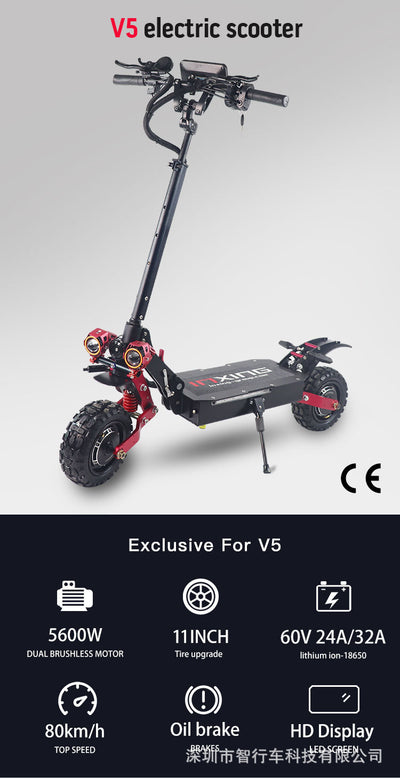

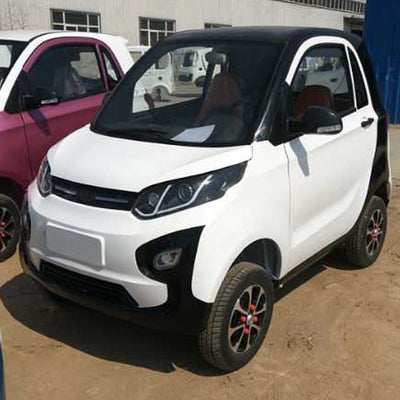

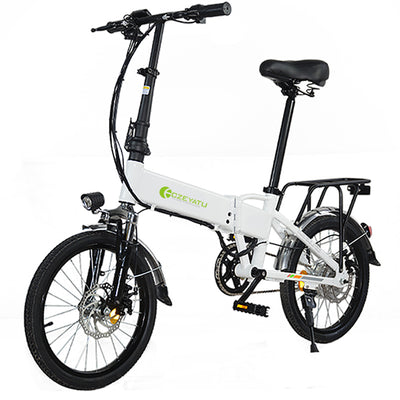
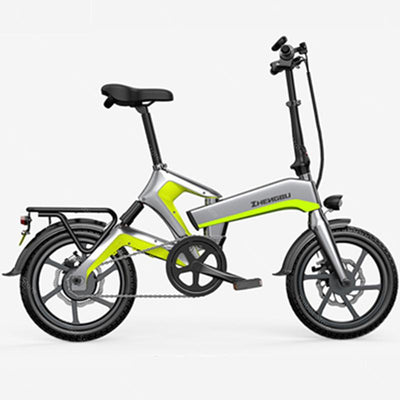
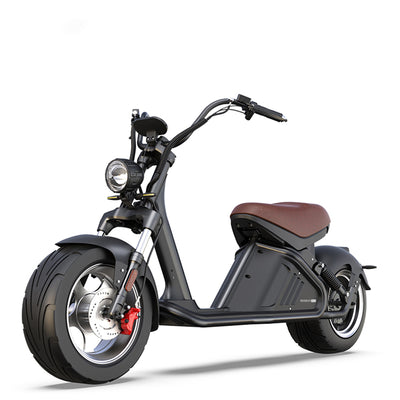
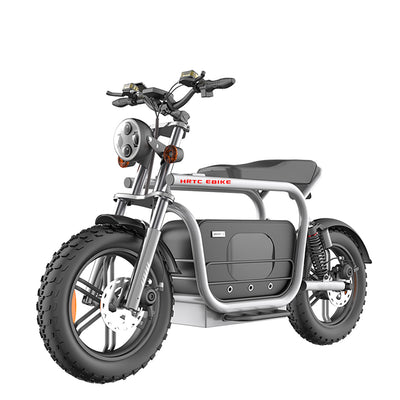
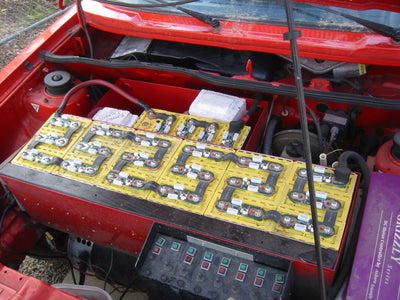

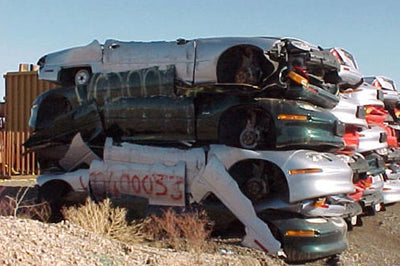
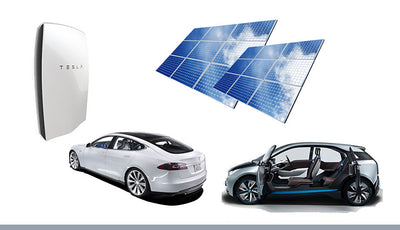
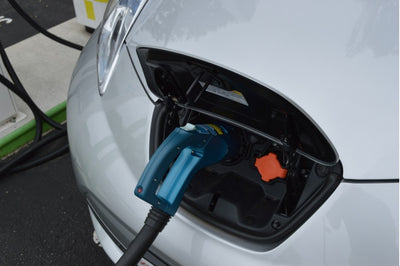
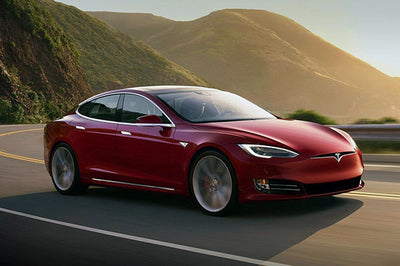
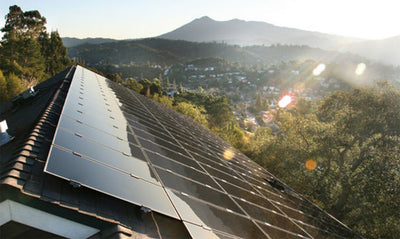
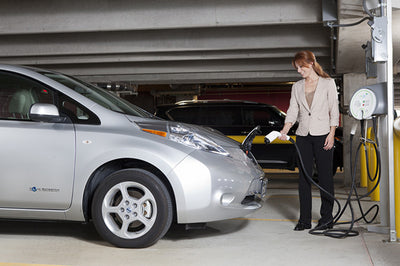
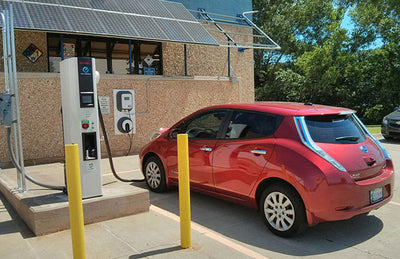
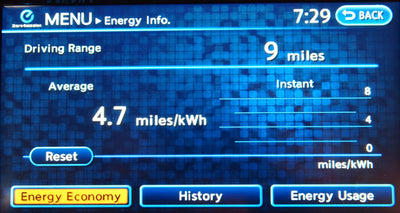
tadalafil dosage generic cialis tadalafil peptides
tadalafil research sublingual tadalafil tadalafil goodrx
best online levitra
dapoxetine brand name priligy 90 mg
levitra 100mg guaranteed lowest price